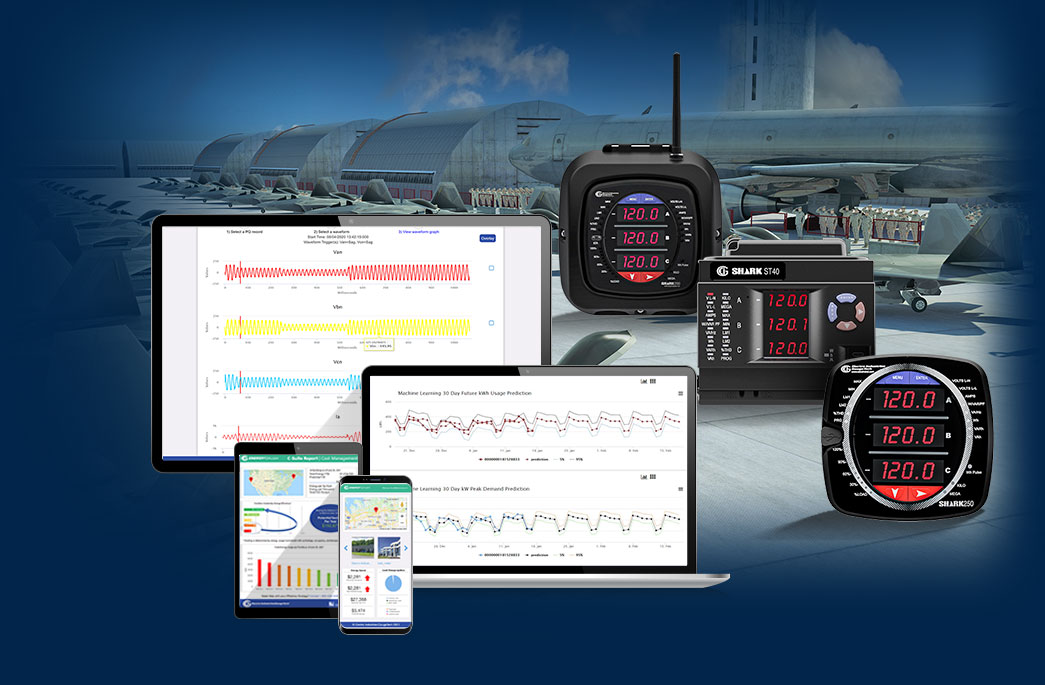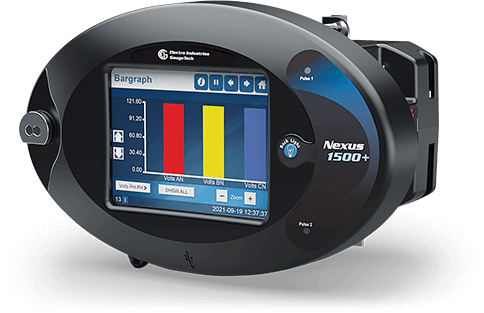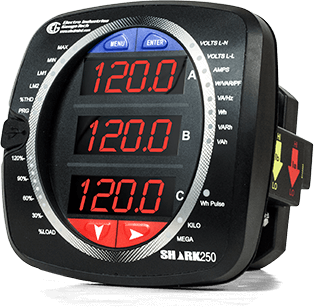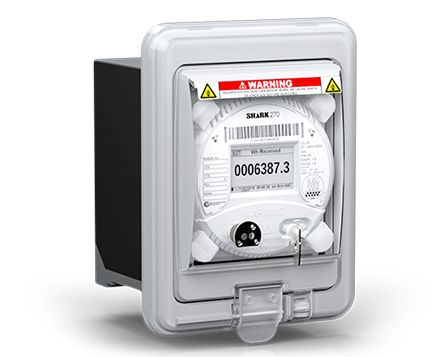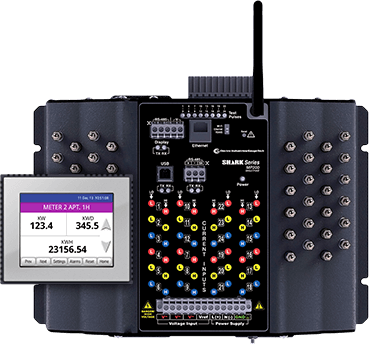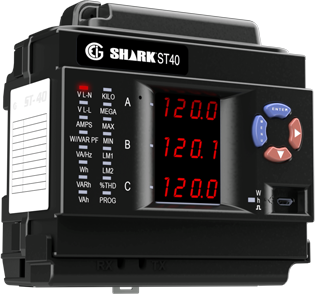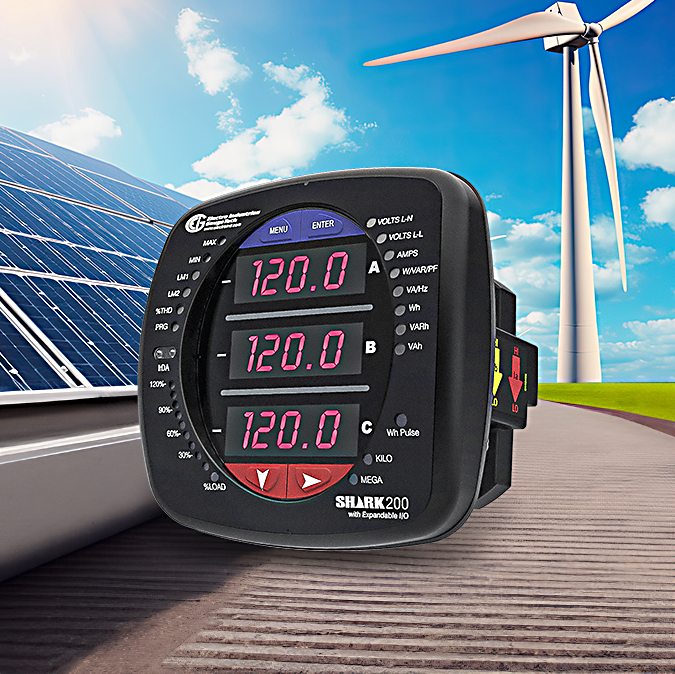Meet Government Regulations for Military Energy Metering
The Memorandum on Utilities Meter Policy issued on 1/14/2021 by the U.S. Assistant Secretary of Defense gives guidelines for metering energy usage at Department of Defense (DoD) components, including DoD offices, combatant commands, military departments, defense agencies, DoD field activities, and other organizational entities. It sets a time frame (one year) in which Components must initiate energy metering that meets the requirements of the memorandum. The memorandum specifies that at least 60% of energy usage must be captured and goes on to state “Component metering programs are intended to provide installations with the information necessary to improve resilience and mission assurance, increase utility systems reliability, and optimize resource use” 1 by using advanced metering to measure and analyze energy usage. Components can then use the information to achieve the stated goals. This guide examines the memorandum and explains how its requirements for energy management For military facilities can be easily accomplished using EIG’s line of advanced meters and the EnergyPQA.com® AI driven energy management system.
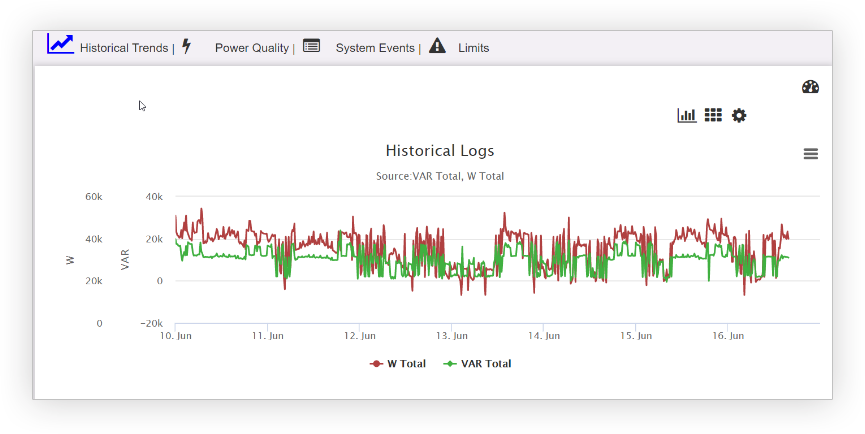
Easily View Trending Data
Accurately Meter Energy Usage
The memorandum states that it is the DoD’s policy to “install advanced meters on appropriate DoD-owned facilities.”2 It defines advanced meters as electronic meters that can measure, record, and store interval energy usage and communicate the usage data to an advanced metering system. The memorandum goes on to state “Where practical, energy-intensive buildings should be sub-metered to identify electricity use by major mechanical and electrical subsystems or by critical loads,”3 including submetering of Electric Vehicle Supply Equipment (EVSE).
1 Assistant Secretary of Defense, “Memorandum for Assistant Secretary of the Army (Installations Energy and Environment), Assistant Secretary of the Navy (Energy, Installations and Environment), Assistant Secretary of the Air Force (Installations, Environment and Energy), Directors of the Defense Agencies, Directors of the Defense Field Activities, Utilities Meter Policy,” 2021.
2 See note 1 above.
3 See note 1 above.
To ascertain accurate energy usage data, the advanced meters used should meet the highest accuracy for energy metering – 0.1% for the ANSI C12.20 standard. High accuracy meters ensure that all aspects of energy usage are captured. To meet the requirement of communicating energy usage data to advanced metering systems, EIG meters utilize standard and optional multiport communication. Their communication capabilities include multiple serial and Ethernet ports that support open protocols such as Modbus, BACnet, and DNP3, ensuring integration with base monitoring systems.
For submetering programs, EIG’s submeters also provide multiple communication options such as Modbus and BACnet, including WPA2 encrypted WiFi communication. Submetering allows energy managers to meet government goals to reduce energy usage by providing insight into facility energy savings opportunities.
EIG Submeters
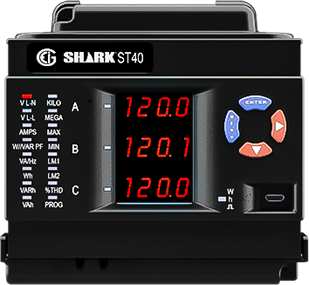
ST40 Compact DIN-rail Meter is Ideal for Machine-level Monitoring
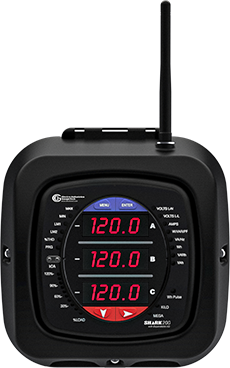
Shark® 200S Power Quality Encrypted WiFi Communicating Submeter
Perform Detailed Energy Analysis
Another memorandum requirement is the ability to record and store energy usage information to support analysis of electrical usage and reliability. EIG’s advanced meters have extensive memory for load profiling and provide multiple means for viewing logged usage data. The EnergyPQA.com® AI driven energy management system lets energy managers view and compare current and historical energy usage. They can use the system to generate reports with detailed energy usage that shows facility energy profiles. These reports can be distributed via email or via API to government energy reporting systems.
Advanced visualization uncovers total system usage and carbon footprint analysis. These analyses include enterprise level energy usage benchmarking, load disaggregation, heat maps, and top ten energy consumption profiles.
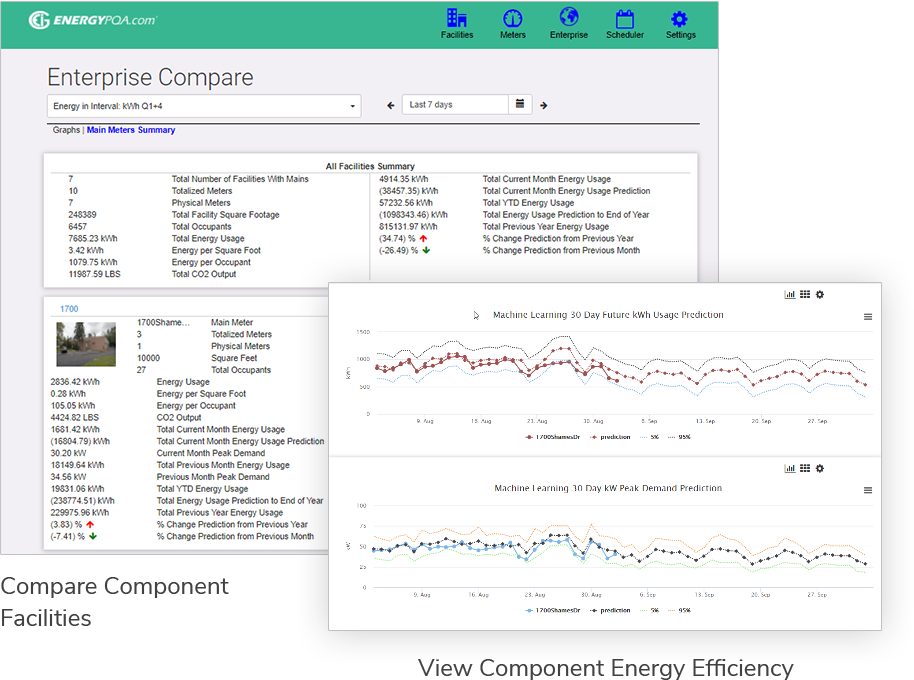
Uniquely, EnergyPQA.com® adds AI based energy and demand predictions for each facility. Viewing the predicted energy usage and demand to the end of the current month enables Components to plan demand mitigation initiatives and improve facility energy usage. The EnergyPQA.com® system can generate predicted peak demand alerts up to three days in advance of the usage. This facilitates actions to mitigate the predicted demand and avoid the costly demand penalty, potentially saving military Components thousands of dollars annually.
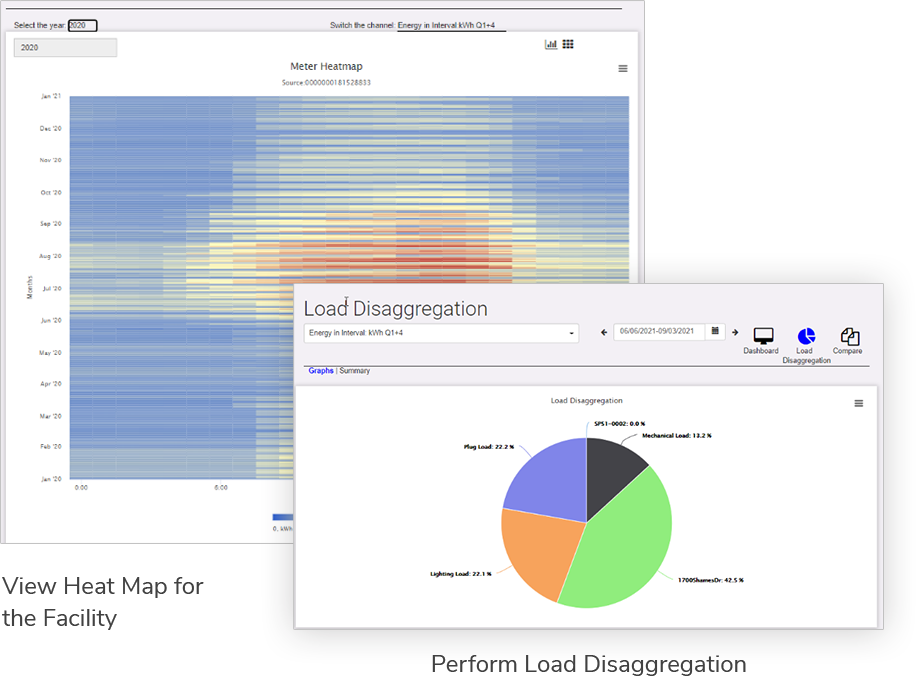
Monitor Power Quality to Ensure Installation Resilience
To achieve the installation resilience goal outlined in the memorandum, the power quality of Component facilities’ electrical energy must be determined. Downtime caused by power outages results in billions of dollars lost annually. Estimates state that 50% of power outages in essential services are due to power quality issues and that 80% of these issues originate in facilities. To avoid downtime and increase energy reliability, it is important to identify power quality events within military Component facilities and act before these events become catastrophic.
EIG’s advanced power quality meters are certified to IEC 61000-4-30 Class A Edition 3, the most stringent international power quality standard. They provide full reporting of Component facility’s power quality conditions. Power quality features include harmonic magnitude, transient analysis, waveform recording, phasor analysis, limit setting, and ITIC/CBEMA reporting.
The EnergyPQA.com® system provides extensive power quality analysis tools to benchmark Component facilities and improve their energy reliability, leading to installation resilience. Use the EnergyPQA.com® system to monitor voltage power quality, current faults, and THD. View recorded waveforms of power quality events that identify the PQ direction and power harmonic direction of the event. Pinpointing the location of the fault is essential for speedy recovery and timely mitigation of losses. Use the system to set up email alarms on Component-wide power quality events. These alarms include an out of limit condition, a new power quality event, and a new meter-captured waveform graph of a high-speed PQ condition. Take immediate action to address the issue before it escalates and leads to a power outage or damage to military equipment.
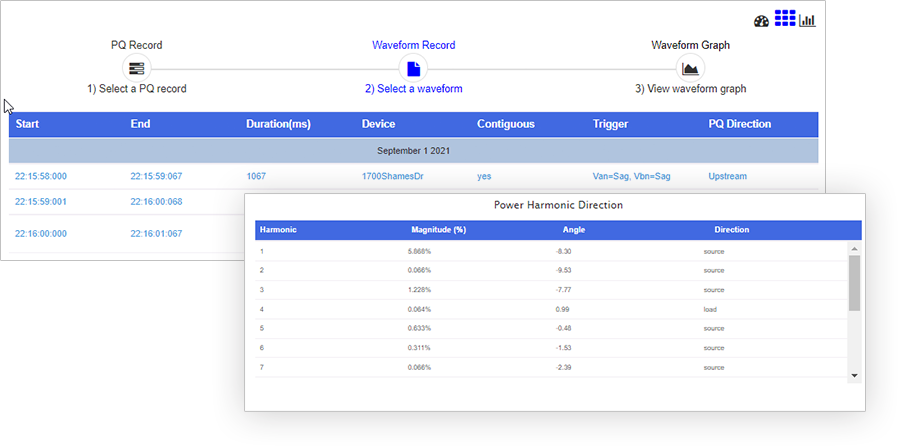
Pinpoint Power Quality and Power Harmonic Direction
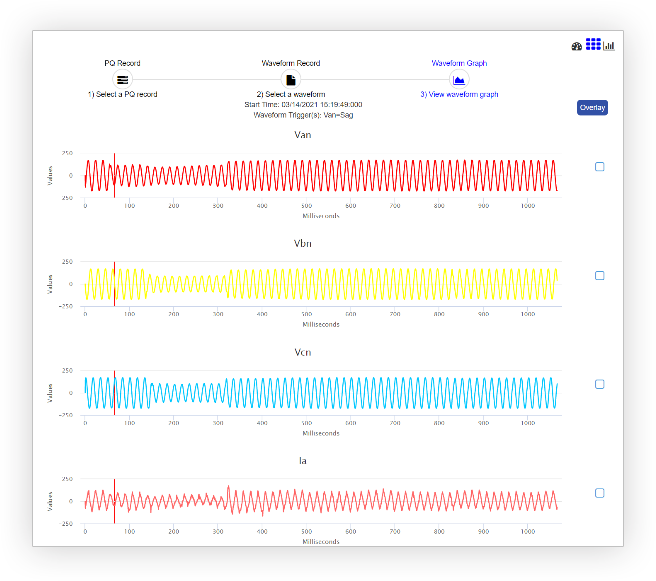
Analyze PQ Waveforms
Grade Military Components for Energy Efficiency and Reliability
A stated goal of the memorandum is to optimize resource use and increase reliability. The EnergyPQA.com® AI driven energy management system automatically grades Component facilities and ranks them for energy efficiency and power quality risk. The system’s Cost Management C-Suite reporting identifies the least efficient facilities and circuits. Improve these circuits to increase efficient energy usage and lower energy costs for the entire facility. Studies show that an energy efficient facility uses up to 85% less energy than an energy inefficient one.
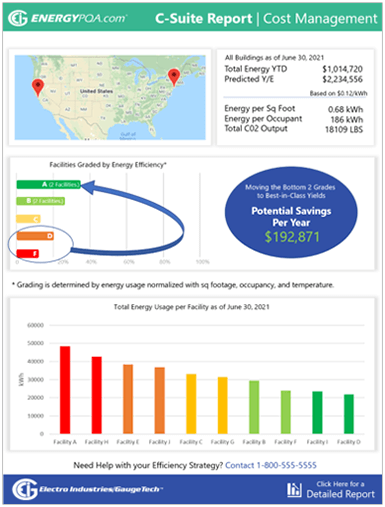
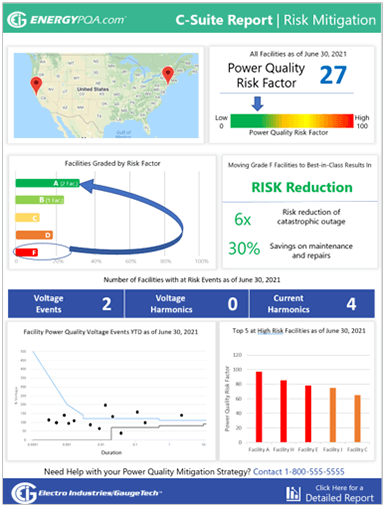
The EnergyPQA.com® system’s Risk Mitigation C-Suite reporting pinpoints which facilities and circuits are least reliable and most at-risk for power quality events. Focusing repairs on these worst circuits increases energy reliability for the entire Component facility.
Safeguard Meter Data with Cyber Security
The last item the DoD memorandum outlines is the necessity for cyber security on metering systems “that process DoD information.” 4 Any energy management application used by the military must be cyber secure. Power and energy meters with encryption, role-based permissions, digital firmware signatures, password fail timeouts, and physical seals and locks are also necessary for maximum security.
The EnergyPQA.com® AI driven energy management system protects military information with its encryption technology and secured access. The system has role-based authorization, encrypted passwords, and API keys, as well as network security SSL encryption and intrusion detection. EnergyPQA.com® also monitors Component metering devices and system software to ensure they are up-to-date with the latest cyber secure protocols.
4 Assistant Secretary of Defense, “Memorandum, Utilities Meter Policy,” 2021.
EIG’s advanced power and energy meters have Resilient Cyber Security™ to protect meter data from tampering and hacking. They have encryption and role-based authorization to protect military energy data and meet the cyber security guidelines of the Meter Policy memorandum.
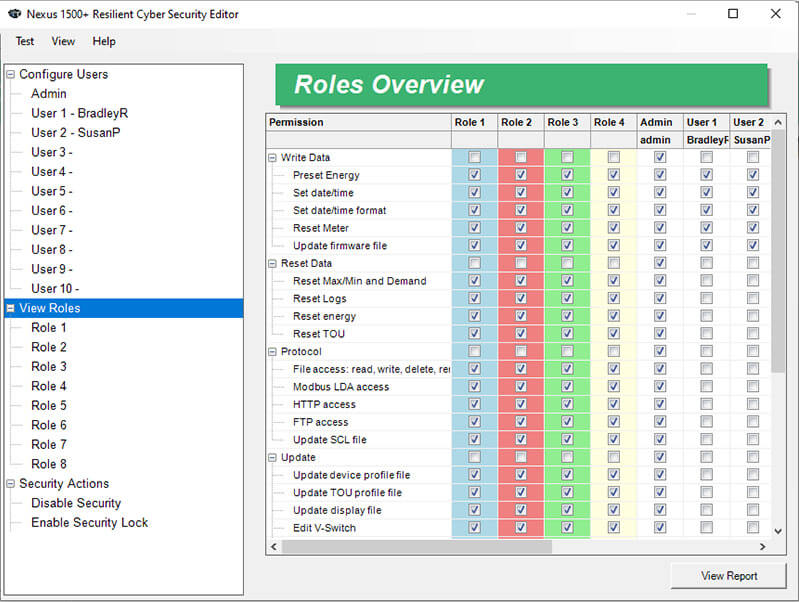
Conclusion
The Memorandum on Utilities Meter Policy outlines procedures for energy metering of military Components with the goal of managing and optimizing energy resources, increasing energy reliability, lowering utility costs, and increasing installation resilience. It gives requirements for advanced metering and specifies the need for communication of metering data, submetering usage analysis, data storage, and cyber security. The mandate’s requirements and goals can be easily met using EIG’s advanced meters and AI driven energy management system.
Popular Products for Energy Management in Military Facilities
AI Driven Energy Management
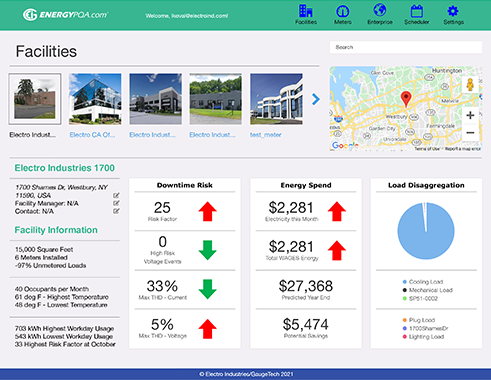
reducing costs, and improving power system reliability
AI Driven Energy Management
Critical Load Point
Critical Load Point
Large Loads (400 A or more)
Large Loads (400 A or more)
Large Loads (400 A or more) - 270
Large Loads (400 A or more)
Branch Circuit Metering and Smaller Loads
Branch Circuit Metering and Smaller Loads
Submetering and Machine Monitoring
Submetering and Machine Monitoring
Engineering Services





